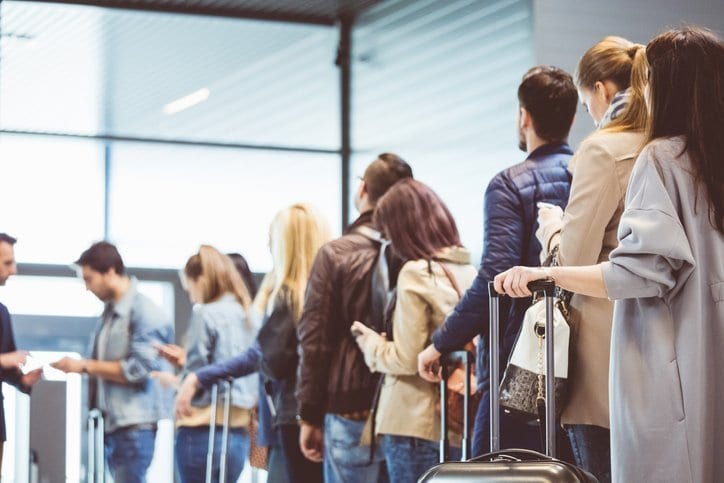
Government taxes and fees account for more than one-fifth of the price of a typical domestic flight, making air travel one of the highest-taxed sectors of the American economy. Travelers pay a 7.5 percent excise tax, a $4.10 fee per flight segment, a commercial jet fuel tax, and a $5.60 security fee per flight segment, among other costs. But that’s not stopping some politicians from trying to make flying even more expensive by hiking the passenger facility fee (PFC) at airports.
Congress created the PFC in 1992 to help fund airport infrastructure. In 2001, it was increased to $4.50 per flight segment with a maximum of two PFCs charged on a one-way trip. So a passenger with a round trip ticket and a layover each way could pay up to $18 in PFCs.
Proposals being contemplated in Congress would increase the PFC cap — which could result in a family of four paying well over $100 in PFCs alone to go on a summer vacation or reunite with family for Thanksgiving. Some are trying to eliminate the cap altogether, paving the way for untold billions in airport tax hikes on consumers. And that’s before any other government taxes, fees, or airfare are factored into the cost of the trip.